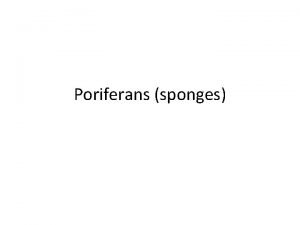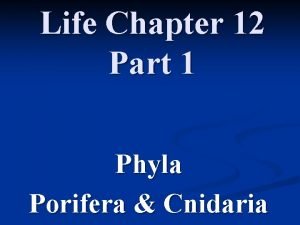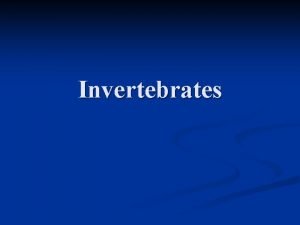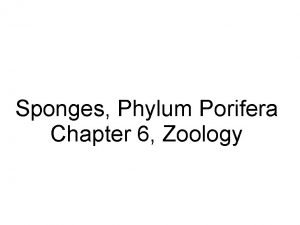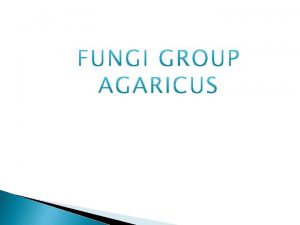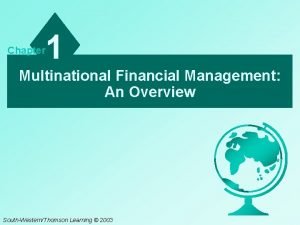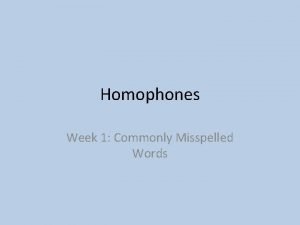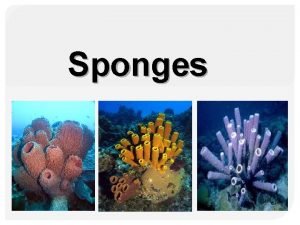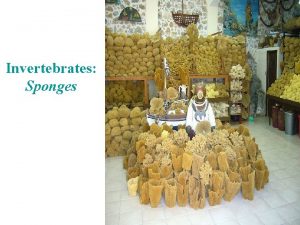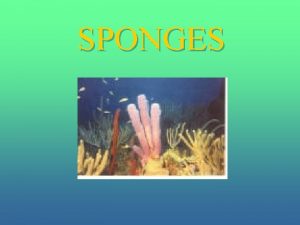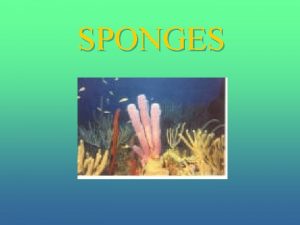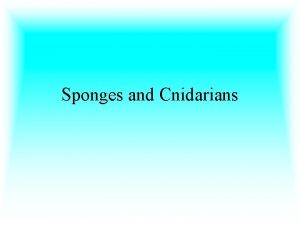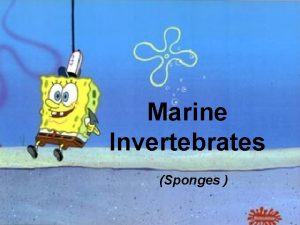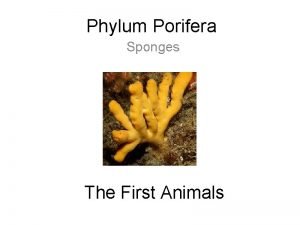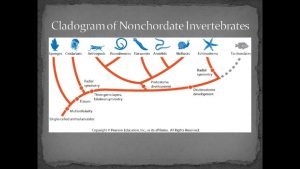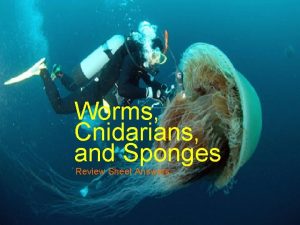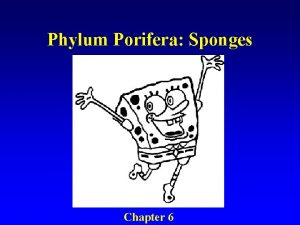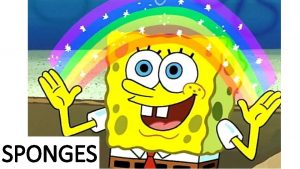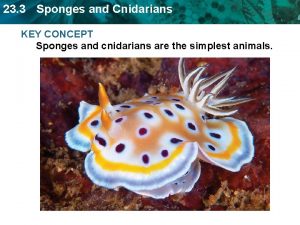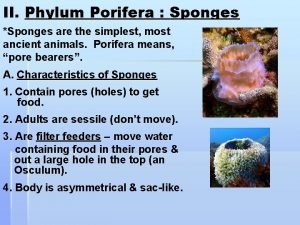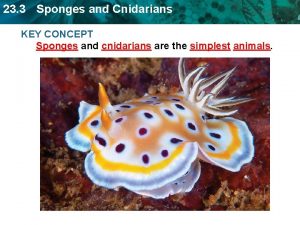Poriferans sponges What are Poriferans Poriferans are commonly

















- Slides: 17

Poriferans (sponges)

What are Poriferans • Poriferans are commonly referred to as sponges. • Derived from two words: Pori- Pores Fera – Bearing Sponges are pore bearing animals

What are sponges • Simplest multicellular animals • Their body is described as an assemblage of cells in an extracellular matrix, supported by skeletons known as spicules. • Most sponges live in marine environments (Seas and Oceans) • A few live brackish ( e. g lagoon) and fresh water.

Unique Characteristics • Two types of openings: Ostium -Tiny in-current pore Osculum- Large ex-current opening • Radial symmetry or asymmetry • Outer surface- Pinacocytes/ Pinacoderm • Inner surface- Choanocytes/Choanoderm (Collar flagellated cells)

Unique Characteristics • Skeletal structures made of collagen fibres (proteinous) and spicles (silicaceous or calcarous). • Cells are not organized to form organs or tissues. They exist at a Cellular level of organization. • Digestion is intracellular, • Excretion & digestion via diffusion.

Unique Characteristics • Reproduction: Assexual – external bud or internal bud (gemmules) Sexual- Fusion of gametes, flagellated larvae (Parenchymula) They are suspension or filter feeders

Groups of Poriferans (3 -Canal Types) • Asconoid (flagellated canals) • Synconoid (Flagellated radial canals) • Leuconoid (Flagellated chambers) Increasing size and complexity

Synconoid Asconoid Leuconoid

Asconoid (Flagellated spongocel) • Simplest organization • One osculum numerous ostium, • E. g Leucosolenia • Exclusive to class Calcarea

Synconoid (Flagellated radial canals) • Larger and more complex than asconoids. • Presence of dermal ostia. E. g Syncon • Found in Class Calcarea & Hexacthinellida

Leuconoid (Flagellated chambers) • • Most complex. Several Oscula Dominates most Classes E. g Euplectella (Venus flower basket)

Classification • Class Calcarea • Class Hexacthinellida • Class Demospongiae

Class Calcarea (a. k. a calcispongiae) • Live in shallow marine waters • Spicles is composed of calcium carbonate • Spicules are 1 -, 3 - , or 4 rayed • Small and verse shaped • Solitary or Colonial E. g: Syncon, Leucosolenia They may be asconoid leuconoid or synconoid.

Class Hexacthinellida (Glass Sponges) • Six- rayed silicaceous spicules • Usually found in deep seas. • E. g Euplectella (Venus flower basket) • Mostly leuconoids

Class Demospongiae • 95% of all sponges, Mostly large • Spicules are silicaceous but not six -rayed. • E. g: Spongilla, Myenia • All members are leuconoids • All members are marine except Family Spongillidae which live in fresh water

Types of sponge cells • Pinacocytes – cells of the pinacoderm (external body covering). • Archaeocytes- cells that can transform into any other cell type required. • Spongocytes – secretes skeletal material called spongin. • Collencytes- secretes collagen fibres. • Sclerocytes – secretes skeletal material spicules.

NEXT PHYLUM COELENTARATA
 What are poriferans
What are poriferans Antigentest åre
Antigentest åre Porifera
Porifera Invertebrates porifera examples
Invertebrates porifera examples Structure of phylum porifera
Structure of phylum porifera Signing naturally 5:8 answers
Signing naturally 5:8 answers What is definition
What is definition Effected vs affected
Effected vs affected Agaricus characteristics
Agaricus characteristics Commonly agreed upon
Commonly agreed upon Multinational financial management meaning
Multinational financial management meaning Halfvier
Halfvier Homophones of week
Homophones of week A commonly cited hazard for stairways and or ladders is
A commonly cited hazard for stairways and or ladders is A pie diagram is also called
A pie diagram is also called Potassium hydroxide relaxers
Potassium hydroxide relaxers Literary terms jeopardy
Literary terms jeopardy A collection of
A collection of
